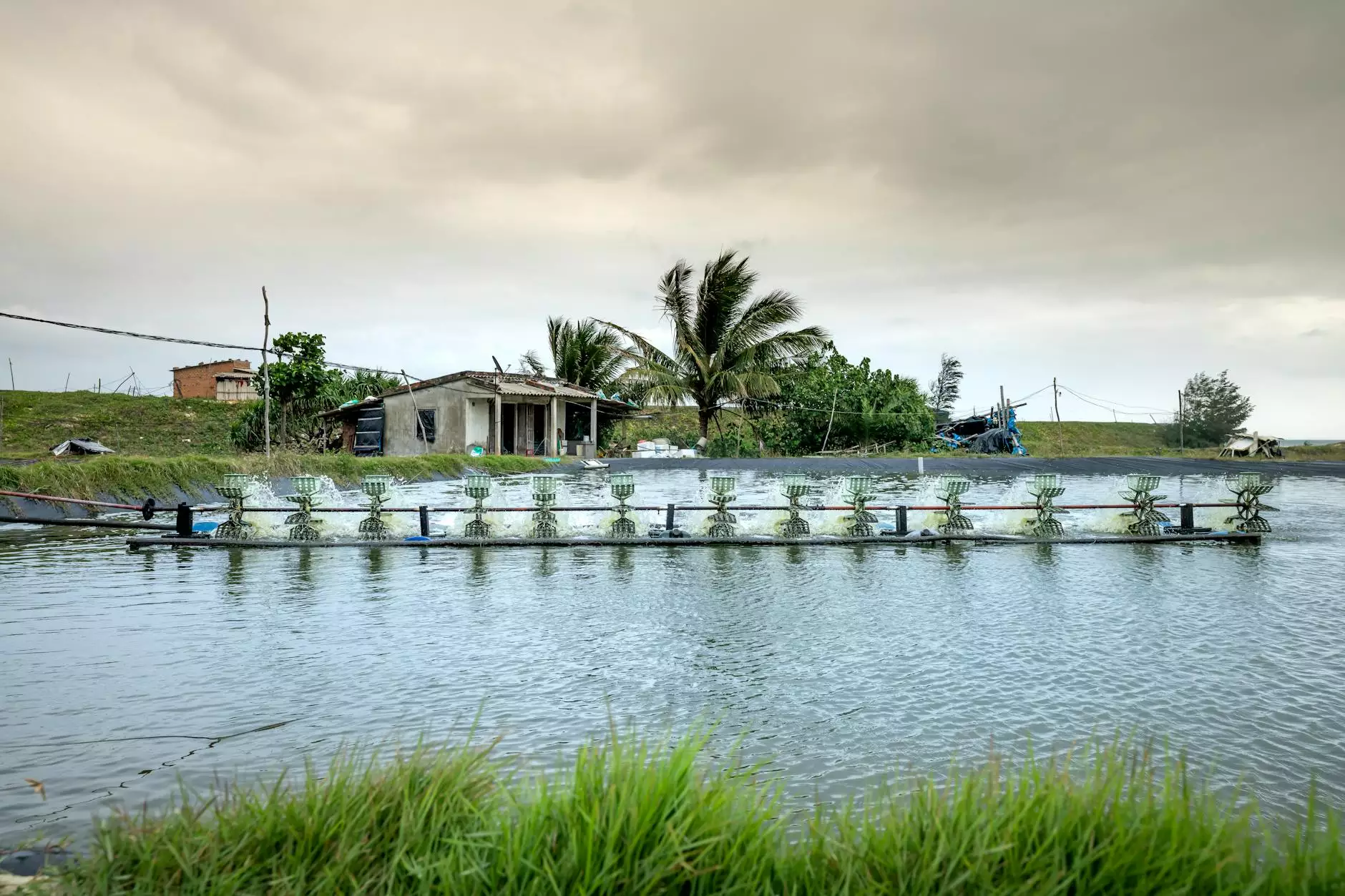The Power and Potential of Hydropower Energy

Hydropower energy, often referred to as hydroelectricity, is a sustainable and renewable source of power that holds immense potential for revolutionizing the way we generate electricity. Harnessing the power of water, hydropower energy has been a cornerstone of sustainable energy production for decades, offering numerous benefits for businesses and communities alike.
What is Hydropower Energy?
Hydropower energy is electricity generated by the force of falling or flowing water. This form of renewable energy relies on the gravitational force of water to turn turbines, which in turn generate electricity. Hydropower energy is considered a clean and sustainable energy source, as it produces minimal greenhouse gas emissions and has a relatively low environmental impact compared to fossil fuels.
The Benefits of Hydropower Energy
One of the key advantages of hydropower energy is its reliability. Unlike solar or wind power, which can be intermittent depending on weather conditions, hydropower provides a consistent and stable source of electricity. This reliability makes hydropower energy a valuable asset for businesses that require a steady supply of power to operate efficiently.
Additionally, hydropower energy is cost-effective in the long run. While the initial setup costs for hydropower plants may be significant, the operational and maintenance costs are relatively low compared to traditional power plants. This can result in substantial savings for businesses over time.
Furthermore, hydropower energy is environmentally friendly. Unlike fossil fuels, which contribute to air pollution and climate change, hydropower produces no air pollutants and has minimal impact on the environment. By investing in hydropower energy, businesses can reduce their carbon footprint and help combat climate change.
How Hydropower Energy Works
Hydropower plants operate by channeling the flow of water from rivers, streams, or reservoirs through turbines. The force of the flowing water causes the turbines to spin, which in turn generates electricity. The electricity produced is then transmitted through power lines to homes, businesses, and other consumers.
There are two main types of hydropower plants: reservoir hydropower plants and run-of-the-river hydropower plants. Reservoir plants store water in a reservoir behind a dam and release it as needed to generate electricity. Run-of-the-river plants utilize the natural flow of rivers to generate electricity without the need for a large reservoir.
Conclusion
Hydropower energy is a clean, reliable, and sustainable source of electricity with the potential to transform the way we power our businesses. By harnessing the power of water, businesses can reduce their reliance on fossil fuels, lower their carbon emissions, and contribute to a greener and more sustainable future.
Investing in hydropower energy is not only beneficial for the environment but also for the bottom line of businesses. The long-term cost savings and environmental advantages make hydropower energy a smart choice for businesses looking to reduce their carbon footprint and embrace sustainable practices.
Discover the power of hydropower energy and unlock a brighter, cleaner future for your business.





